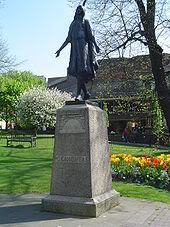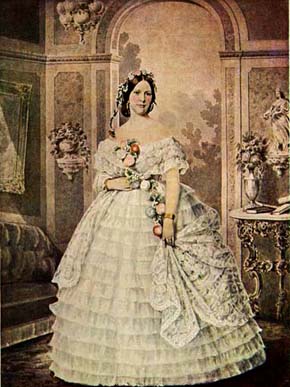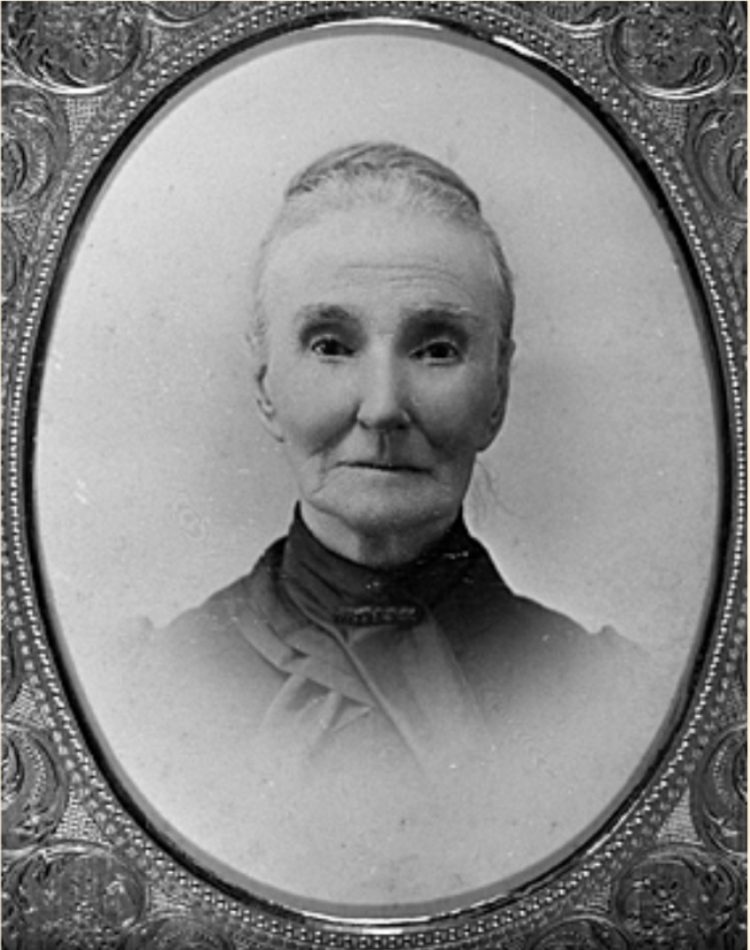The Year 1607 This account of Pocahontas’ life comes from Chief Roy Crazy Horse, who is the head of the Powhatan Nation today. I tend to believe his version, because it’s more realistic. What motivation could he possibly have to lie? Image: Statue of Pocahontas Gravesend, Kent, England I’m not necessarily faulting the colonists. I’m sure they needed legends to believe in to make their lives more bearable. And that’s what I believe the story of Pocahontas we’ve heard all our lives is – a legend. This is Chief Roy’s history of Pocahontas:


